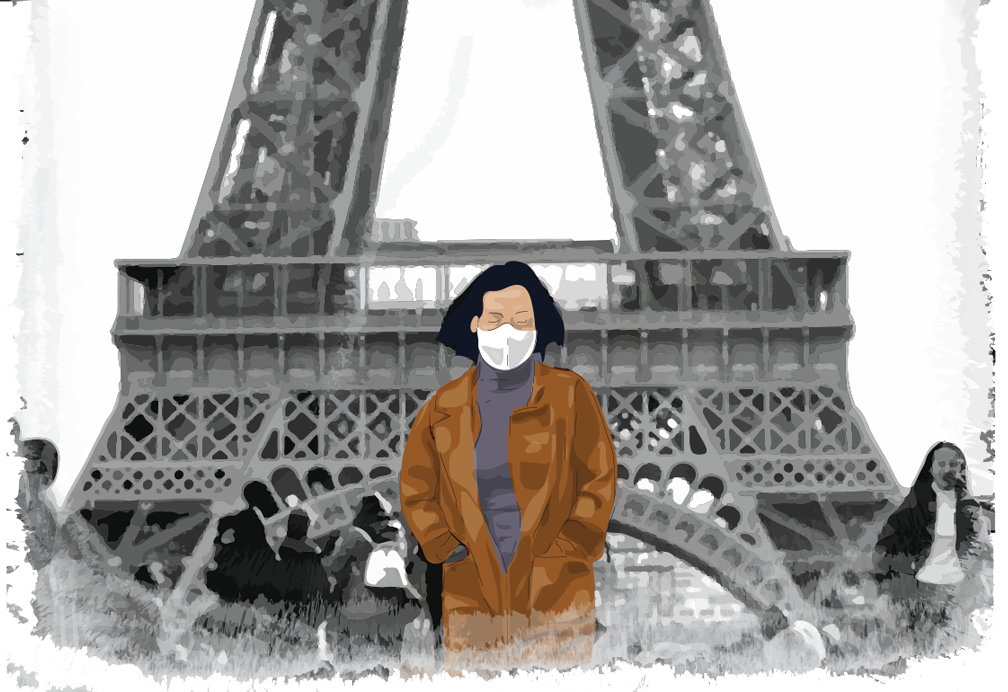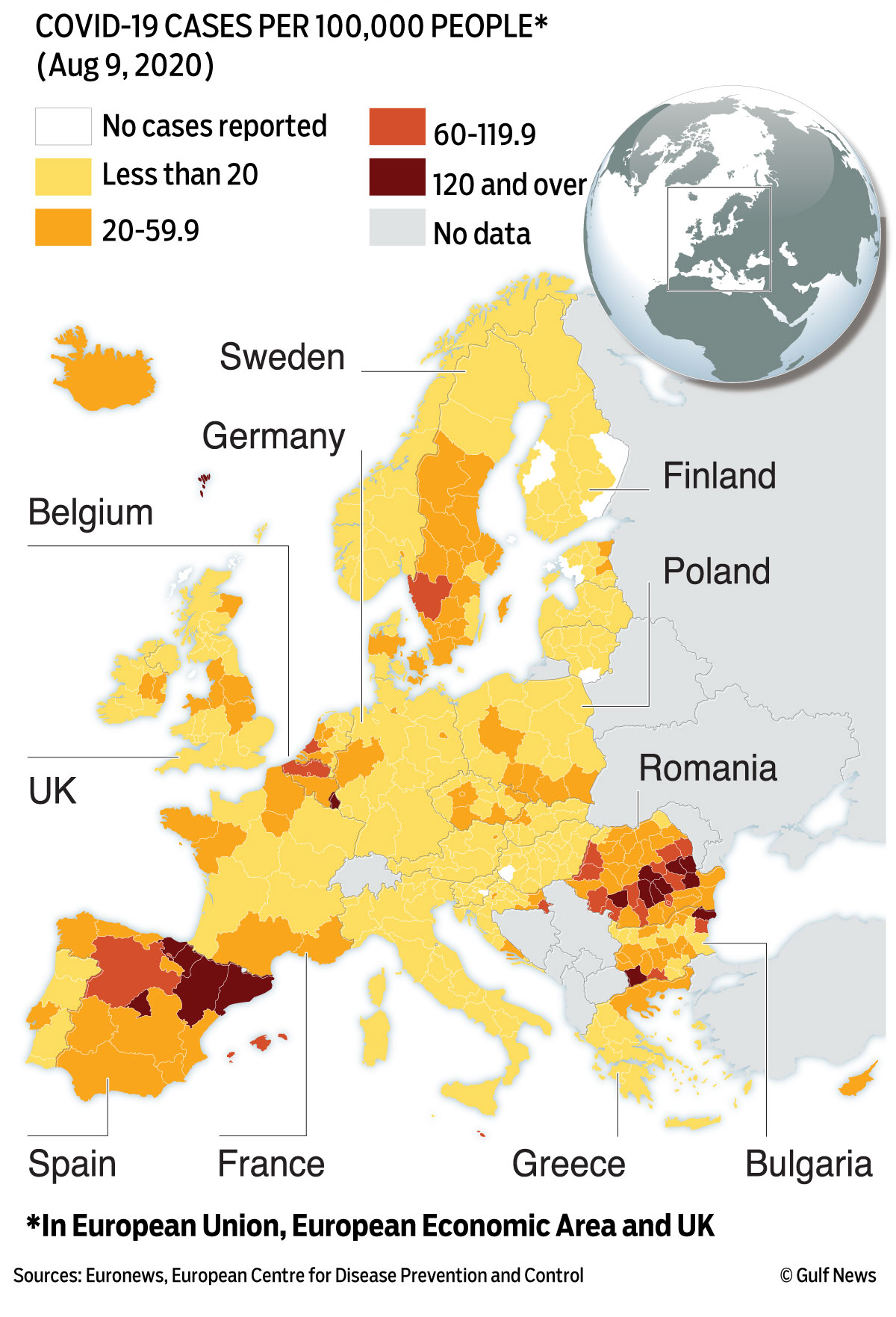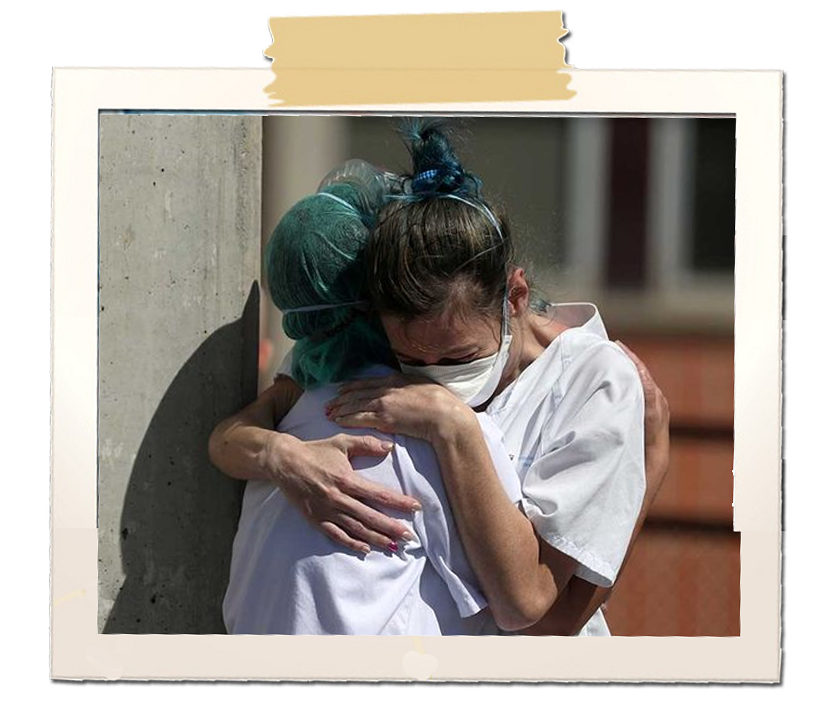Europe: More deaths and lockdowns

On January 31, 2020, a German tourist who was infected in Germany became Spain’s first patient. Europe quickly became the pandemic’s epicentre. When schools and business establishments were closed, people thought it was party time for family and friends. Governments were forced to impose a blanket quarantine
As the world watched to see if the virus would cross borders, Spain’s Ministry of Health said on January 25, 2020, that two suspected cases were being studied, both having come from Wuhan.
And then on January 31, a German tourist who was infected in Germany became Spain’s first patient. In those early days, there was considerable discussion and surprise about how the coronavirus seemed to be popping up in places far away from Wuhan.
Could this be cause for concern? Should upcoming events be cancelled? Can sporting events be held behind closed doors? On hindsight, these questions seem ignorant, but the economy was foremost in the minds of most people.
CORONAVIRUS HOTSPOTS IN EUROPE

Who would bear the losses?
On March 4, Spain recorded its first death as cases neared 200. Social distancing? What’s that? By the time WHO declared COVID-19 as a global pandemic, Spain had 2,218 infections and 54 deaths.
A state of emergency, a temporary morgue, nearly a thousand deaths a day – where was this going to end?
In neighbouring France, where the first case of COVID-19 was reported on January 24, health officials began advising social distancing for several weeks from the end of February. Events were cancelled and precautions were introduced.
After schools were closed on March 16, accompanied by the shuttering of restaurants, cinemas and ski stations. The response: Party time for family and friends. The government had no option but to impose a blanket quarantine on March 17.

Reuters
Medical wokers hug each other outside the emergency rooms at Severo Ochoa Hospital during the coronavirus disease (COVID-19) outbreak in Leganes, Spain, on March 26, 2020.
Could the impact of the coronavirus have been limited if the people had worn masks and kept a safe distance in the early stages of the illness? Did the country delay in closing the borders? Could firmer measures have halted the spread of the virus?
In Germany, a six-week shutdown combined with a “track-and-trace” system stalled the spread of COVID-19. A well-oiled government machinery led by Chancellor Angela Merkel was quick to respond to the early cases and take firm measures.
An early reaction to what was happening in China and Italy and the advantage of getting more time to prepare helped Germany through the crisis. Despite one of Europe’s least draconian shutdowns, Germany had only 103 COVID-19 deaths per million inhabitants compared with 579 in the UK.
The health system never came under too much pressure, and in fact, was helped financially by the government.
The fact that the country was led by a scientist helped in great measure.